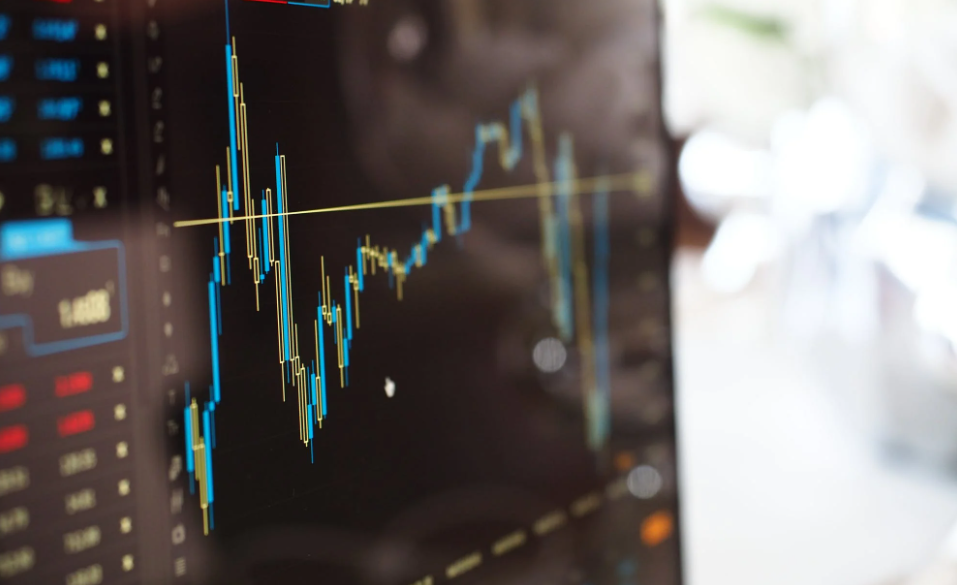Swissquote Bank: Time for correction?
Swissquote Bank: Time for correction?

By Ipek Ozkardeskaya, Senior Analyst at Swissquote Bank
US equities extended rally yesterday. The S&P500 (+1.20%) rose to a fifteen-week high, reversing most of post-Covid sell-off. Despite real damage to businesses and economy, the US stocks are set to continue their pre-Covid race to fresh historical highs. The latter raises many eyebrows of course, regarding the divergence between asset prices and underlying economic dynamics. But that is the ultimate result of an unprecedented monetary and fiscal intervention, which create and maintain the illusion that all is fine.
Speaking of monetary policy, the Federal Reserve starts its two-day monetary policy meeting today and is expected to maintain its policy unchanged. The Fed already deploys all available tools to maximum capacity to help markets recovering. And it works.
However, the unusually high, or low economic figures and the impossibility of predicting those numbers in such a chaotic and unparalleled crisis environment clearly shows that the market doesn’t have a clue about the real duration of the post-Covid recession and the strength of the recovery to come. The latest economic figures suggest that the worldwide economic rebound would be faster-than-many-thought provided the speed of normalization and the steadily down trending cases across the world. This is, at least, the side of the story that the market wants to see among the chaotic and highly volatile economic data.
According to Goldman Sachs, what we see may be the deepest, but the shortest recession since World War II, as the economic data hints at a steep rebound. The risk of a second wave of contagion is gradually less, and the rising political, social unrest and street protests around the world seem to be dwarfed by the hope of a fast and steady economic recovery.
So far, left behind those who kept a cautious approach to the market rebound. And, as long as the illusion lasts, the equity-bulls will have a stronger case for carrying the actual rally further, as the unprecedented fiscal and monetary support could only overheat the buy-side and boost asset prices into a renewed risk bubble; the risk, here, being an even more aggravated divergence between the stock prices and their real valuations compared with what we have seen before the Covid sell-off. From a policy perspective, the Fed can sit back and enjoy the agreeable company of the bullish market run and doesn’t need to intervene unless we see another global debasement.
Equities in Asia were mixed. The ASX 200 (+2.74%) recorded solid gains, Hang Seng advanced 1.31%, as the Nikkei slid 0.64% on the back of a sudden rise in the yen appetite. The USDJPY recorded sharp losses over the last two sessions, and the slightly better-than-expected economic figures in Japan may not be the only cause for increased inflows to the yen. The yen’s strength could also be a sign of a return to safety.
Activity in European futures hint at a flat-to-positive start on Tuesday.
The US dollar remains weak, but the capital outflows appear to be losing some pace as investors question whether it is time for a downside correction in equities. The US 10-year yield remain capped below 0.90%.
Gold remains offered above the $1700 per oz, even though the rise in US yields increases the opportunity cost of holding gold, particularly at these high levels, where the upside potential is limited. But, there is a clear restraint in selling the precious metal further below $1670, as the levels in equity markets suggest that a downside correction would be healthy and no investor wants to get caught in a renewed risk sell-off having liquidated gold positions.
There is a toppish feeling in EURUSD as the sell-off in US dollar loses pace. Given that the soft USD has been a major catalyzer in the latest euro rebound, a broad-based recovery in the dollar should easily wipe a part of the recent euro strength. But the hope of seeing a 750-billion-euro fiscal package materialize and the 600-billion-euro extension to the European Central Bank’s (ECB) PEPP purchases should throw a floor under an eventual euro sell-off. The single currency should find a higher ground compared to the beginning of the April – June rebound. Intermediate support is seen near 1.1230 (minor 23.6% Fibonacci retracement on April – June rebound) and solid buyers are waiting before 1.1135 (major 38.2% retrace).
Cable, on the other hand, runs into a solid resistance near its 200-day moving average on the back of a stronger US dollar and given the lack of a solid justification to carry its appreciation against the greenback further. The UK and Japan start trade talks, as Brits seek new trade partners to temper the negative shock of a no-deal divorce from the EU. But the EU trade gap will be difficult to fill and a no-deal Brexit will certainly lead to a softer pound valuation in the medium run.
WTI crude steadies near $38 per barrel after decent profit taking capped the rally below the $40 mark following the OPEC+ decision to continue curbing supply. A possible deterioration in risk sentiment could encourage a deeper downside correction in equities and in oil, but price retreats in oil markets could be interesting dip-buying opportunities for investors betting on a gradually improved global demand as businesses and travels get back on track.


